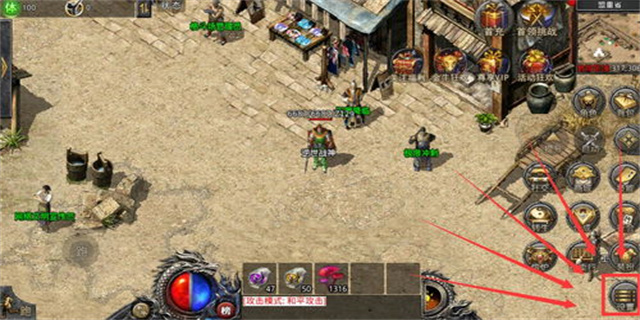CDR Format: A Comprehensive Guide
Introduction to CDR Format
The CDR (Compact Disc Recordable) format is a widely used optical storage medium that allows users to write data onto a CD. It is primarily used for creating audio CDs, as well as for storing and transferring various types of digital data. In this article, we will explore the CDR format in more detail, discussing its structure, compatibility, and uses.
The Structure of CDR Format

The CDR format follows a specific structure that is designed to store and organize data efficiently. It consists of a lead-in, program area, and lead-out. The lead-in area contains essential information about the CD, such as the table of contents (TOC), disc identification, and copyright details. The program area holds the actual data of the CD, which can include audio tracks, video files, documents, or any other type of information. The lead-out area marks the end of the CD.
Compatibility of CDR Format

One of the key advantages of the CDR format is its high degree of compatibility. CDRs can be read by most CD players, computers, and other devices that have CD/DVD drives. This compatibility makes it easy to share and distribute information stored on a CDR. Additionally, CDRs support various file systems, including ISO 9660, Joliet, and UDF, which allows the storage and access of files on different operating systems such as Windows, macOS, and Linux.

Uses of CDR Format
The CDR format has a wide range of uses, both for personal and professional purposes. Here are some common applications of the CDR format:
1. Creating Audio CDs
One of the primary uses of the CDR format is for creating audio CDs. Users can burn their favorite songs, albums, or playlists onto a CDR and play them on any CD player or car stereo system. This allows for easy customization, compilation, and organization of music collections.
2. Archiving Data
CDRs provide a reliable and cost-effective means of archiving important data. Businesses and individuals can preserve important documents, photos, videos, and other files on a CDR for long-term storage. By using appropriate labeling and storage methods, CDRs can be easily cataloged and retrieved whenever needed.
3. Software Distribution
CDRs are commonly used for distributing software applications. Many software companies choose to release their products on CDs, as it provides a tangible medium for users to install or upgrade software. This method also ensures the authenticity of the software and prevents unauthorized modifications.
4. Promotional Material
The CDR format is often utilized for creating promotional material. Companies can burn their product catalogs, brochures, presentations, and multimedia content onto CDRs for distribution at trade shows, conferences, or marketing events. The portable nature of CDRs makes it convenient to distribute information to potential customers.
Conclusion
The CDR format continues to be a versatile and widely used medium for storing and transferring data. Its compatibility, cost-effectiveness, and ease of use make it a popular choice for various applications. Whether it's for creating audio CDs, archiving data, or distributing software, CDRs provide a reliable solution for individuals and businesses alike.
















